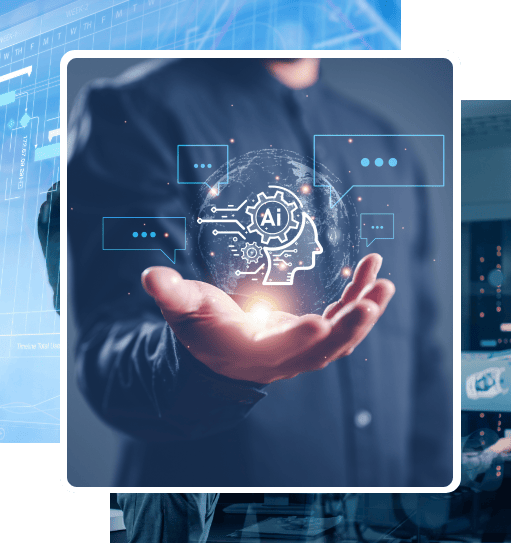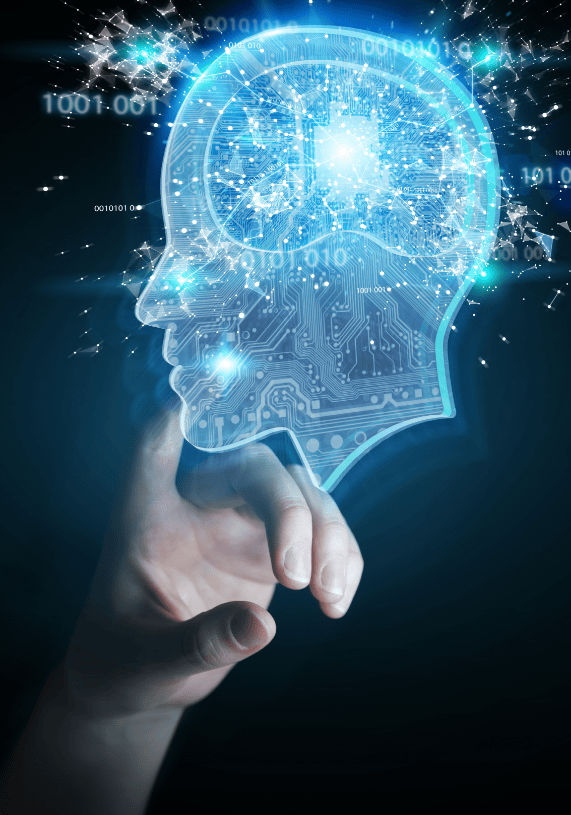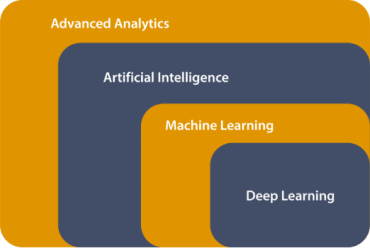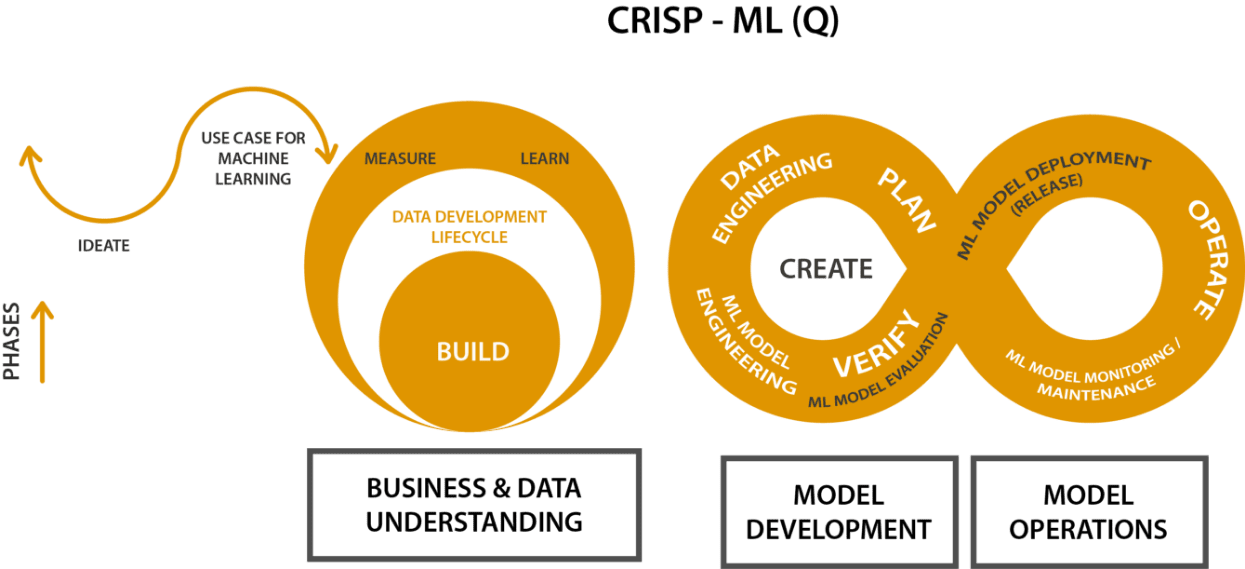
GTech expertise in Artificial Intelligence and Advanced Analytics
With our expert team in data, we develop solutions for our customers with advanced analytical techniques and domain knowledge expertise. We provide a competent infrastructure for data processing regardless of data type and size and we open the door for the transformation of data into advanced analytical solutions that will take business decisions to a higher level. The solutions we provide are being improved every day, deepened with various R&D projects, and blended with innovative perspectives to bring new experiences to customers and the industry.
With GTech Advanced Analytics and Artificial Intelligence solutions, we build your future on the right structures and ensuring that you make the right decisions with the most up-to-date technologies.
Build the future with smart decisions:
Artificial Intelligence and Advanced Analytics
Artificial intelligence, machine learning, deep learning, and advanced analytical techniques are having a significant impact on data science projects by enabling data scientists to extract insights and make predictions from large and complex datasets. However, the data science techniques used require a lot of computational power and can require large amounts of data to train the models. In addition, it should be remembered that these techniques are not magic bullets and may not always be the best solution for a particular problem. Data scientists need to continue to use domain knowledge and critical thinking to evaluate results and interpret forecasts accurately.
Artificial intelligence
Artificial intelligence, makes it possible to make inferences from data and make intelligent predictions by using mathematics and statistical methods. It processes information in the light of the reaction, output, decision, facts and rational decisions that occur. Machine learning, on the other hand, is an important milestone in reaching artificial intelligence.
Advanced Analytics
Advanced Analytics, provides results far beyond the capacity of traditional Business Intelligence tools in analyzing data or business information. Techniques such as predictive modeling, statistical methods, machine learning and process automation are used.
Experiencing the depth in learning and analysis
Deep Learning is an artificial intelligence function that is developed to create patterns to implement data processing and decision-making steps and mimics the work of the human brain.
Deep Learning requires huge volumes of networks and a large amount of data. These networks are called “deep” because they have many layers, unlike traditional artificial learning algorithms, which have only one or two layers. It is also a technique that has been implemented to apply machine learning.


What is it and what is it not?
Artificial Intelligence and Advanced Analytical techniques were born out of the need to obtain insights and make predictions from large and complex datasets. It is worth noting that a lot of computational power is required to meet this need, and a large amount of data is required to train models.
GTech Approach in Artificial Intelligence and Advanced Analytics
As GTech, we adopt agile and scrum approaches in development processes for data science projects of all sizes and in parallel with the industry’s generally accepted process flows such as CRISP-DM, KDD and TDSP.
The competent GTech Advanced Analytics team adopts a hybrid combination of CRISP-DM and TDSP process approaches (Cross-Industry Standard Process for the development of Machine Learning applications with Quality assurance methodology - CRISP-ML(Q)) agile development steps in customer needs solutions.
It should be emphasized that data science processes do not progress like general software development steps. In data analysis processes, DataOps, MLOps architectures are being adopted for model development and production.

As GTech, with the services we offer, we ensure that large amounts of raw data trends and correlations are implemented to help business make data-driven decisions.
Our highly skilled data engineers provide solutions that integrate large amounts of complex data generated in different technologies such as sensors, networks, processes, smart devices, and the web into businesses.
Our data engineering team , who hasexpertise in data and analytics, health check the existing big data ecosystem of organizations and offer the most appropriate development suggestions thanks to benchmarks obtained through field experience and R&D activities.
Which industries are we leading?
- Banking
- Finance
- Insurance
- Retail
- Logistics
- Manufacturing
- Public



